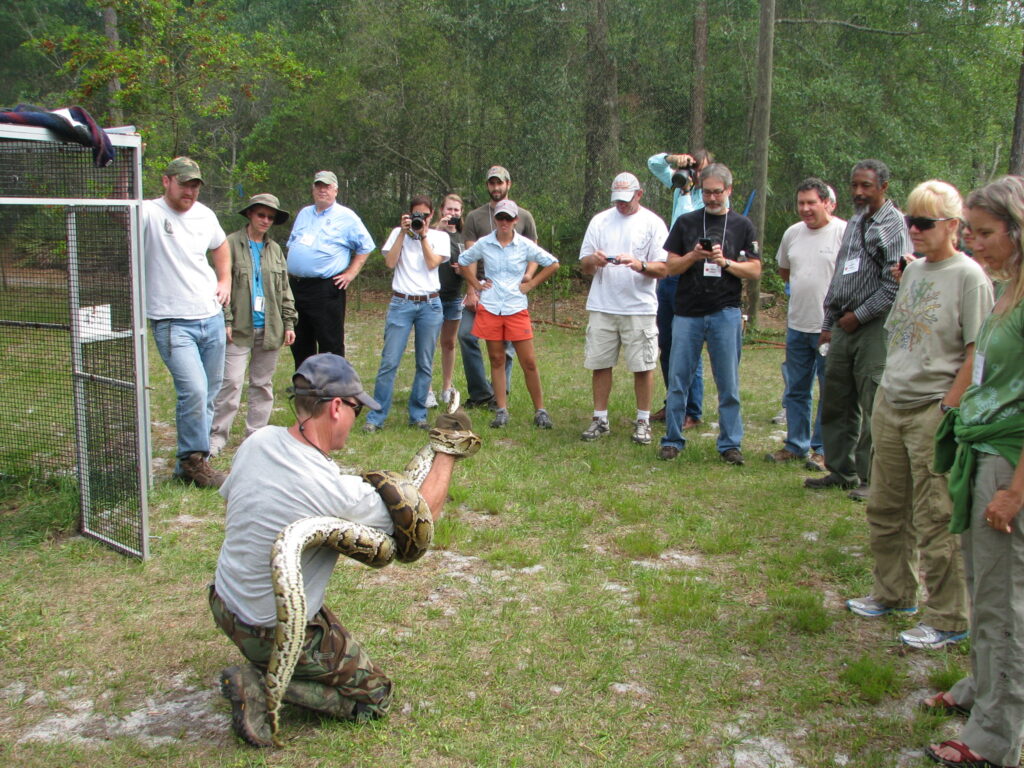Key Concepts and Applications in Molecular Ecology
KEY CONCEPTS IN MOLECULAR ECOLOGY
Genetic Diversity and Population Structure: Genetic diversity refers to the total number of genetic characteristics in the genetic makeup of a species, which is manifested in the variety of inherited alleles, genes, and traits within and among individuals of a population, species, or group of species. It is a critical component of biodiversity and underpins the ability of any living population to adapt to changing environments, ensuring survival and evolutionary development. Population structure, on the other hand, describes the distribution of genetic variation within and among populations. Key metrics used to assess population structure include allele frequencies (the proportion of different alleles of a particular gene in a population), heterozygosity (the proportion of individuals in a population that are heterozygous for a particular gene) and F-statistics (a measure of genetic differentiation among populations). While there are several other metrics we will be exploring throughout this course, grasping these three will be crucial for gaining a comprehensive understanding of the field.
Molecular Markers and Techniques: Molecular ecology relies on various molecular markers to study genetic variation, including microsatellites (short, repeating sequences of DNA used for assessing genetic diversity and relatedness), single Nucleotide polymorphisms (SNPs), single-base differences in DNA sequences, useful for fine-scale population studies and mitochondrial DNA (mtDNA) (inherited maternally and useful for studying population history and phylogeography). In addition, with decreased costs of sequencing and increasing computational power, the use of whole genomes in exploring species adaptations is on the rise and is likely to become standard for many organismal groups in the near future. These can be used as special ‘molecular markers’ to answer questions in molecular ecology and evolution. PCR-Based Markers utilize an important process known as Polymerase Chain Reaction which we will be exploring in more depth in lab. PCR markers include Random Amplified Polymorphic DNA (RAPD), Amplified Fragment Length Polymorphism (AFLP) and Microsatellites. Non-PCR Based Markers include techniques like Restriction Fragment Length Polymorphism (RFLP) which were among the earliest molecular markers used. Reduced Genome Analysis include techniques like Restriction site Associated DNA sequencing (RAD-seq) which provide focused genome insights without require the entire genome.
IMPORTANCE OF MOLECULAR ECOLOGY
Molecular ecology addresses critical topics and the tools we will be exploring in this course (both in lecture and lab) are important for:
- Estimating Extinction Risk: By analyzing genetic diversity, molecular ecology helps estimate the extinction risk of endangered animals. It plays a crucial role by identifying distinct populations, assessing interbreeding and guiding breeding programs. For example, it can help identify “evolutionary significant units” (ESUs) for conservation efforts.
- Biodiversity Research: The field aids in identifying species (e.g., through DNA barcoding) and understanding hybridization events. Environmental DNA (eDNA) is an exciting new method of identifying species without actually requiring the species to be present! Environmental DNA is collected from environmental samples like soil or water. It allows for non-invasive monitoring of biodiversity and detecting rare or invasive species, contributing to ecological studies and conservation efforts.
- Behavioral Ecology: Molecular techniques can reveal insights into animal behavior, such as mating systems, kinship, and social structure. For example, genetic analyses can determine parentage or identify relatedness among individuals in a social group.
Case Study: Burmese Python Invasion in Florida
The Burmese python (Python bivittatus) is a large constrictor native to Southeast Asia that has become an invasive species in Florida, particularly in the Everglades. These pythons, which can grow over 20 feet long, pose a significant threat to native wildlife. The application of molecular ecology in managing this invasive species provides crucial insights into their population dynamics, origins, and impacts on the ecosystem. One of the key applications of molecular ecology is understanding the genetic diversity and population structure of invasive species. By analyzing the genetic markers of Burmese pythons, scientists have been able to trace their origins and understand their population dynamics in Florida. Studies have revealed that the invasive python population in Florida exhibits a genetic bottleneck, indicating that a small number of individuals initially founded the population. This information helps in understanding how the population grew and spread. Additionally, genetic analyses have shown that the pythons in Florida likely originated from multiple sources, including the pet trade and possibly intentional releases. By studying the genetic diversity of these pythons, molecular ecologists assess their potential for adaptation to new environments. The relatively low genetic diversity observed in Florida’s python population suggests limited adaptability, yet their successful invasion indicates that genetic diversity alone does not determine invasive potential. Molecular ecology also aids in understanding the ecological impacts of invasive species through diet analysis. By examining stomach contents and feces, and using DNA barcoding, researchers can identify the prey species consumed by Burmese pythons. Using DNA barcoding, scientists have identified numerous native species in the diet of Burmese pythons, including endangered species like the Key Largo wood rat. This information highlights the impact of the invasive species on native biodiversity and helps prioritize conservation efforts. Future applications of molecular ecology may include genetic control methods, such as gene drives, to reduce the invasive python population. While these approaches are still in development, they offer promising avenues for managing invasive species through molecular interventions.

Media Attributions
- python © USDAgov is licensed under a CC BY (Attribution) license

